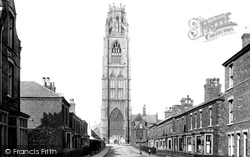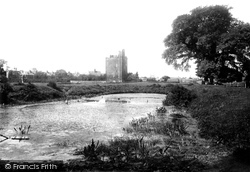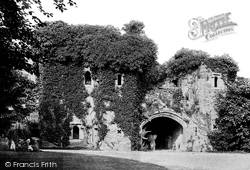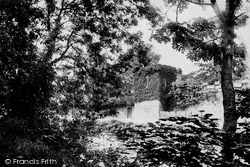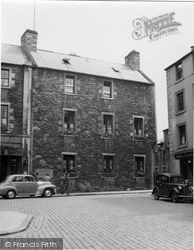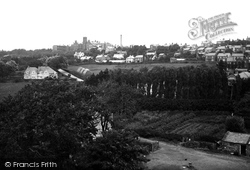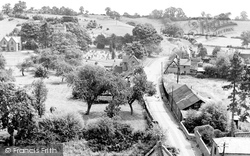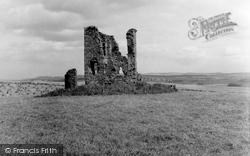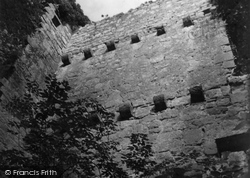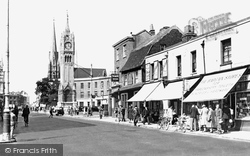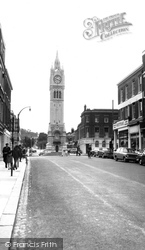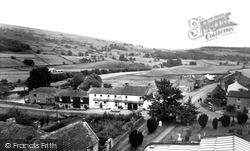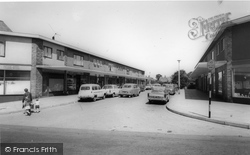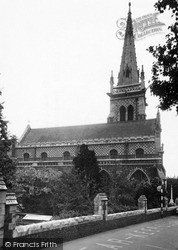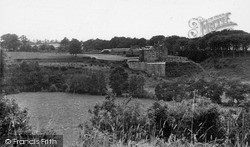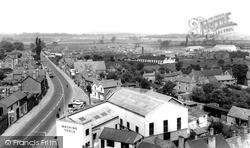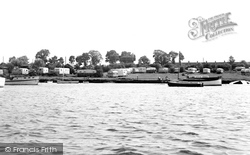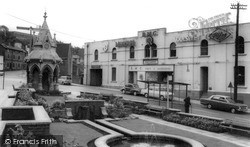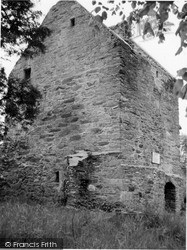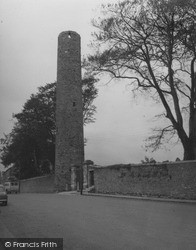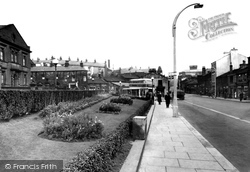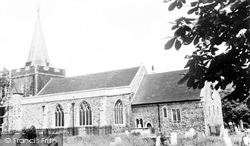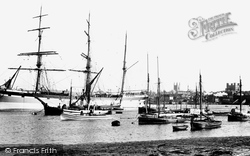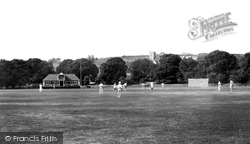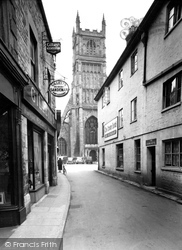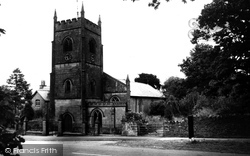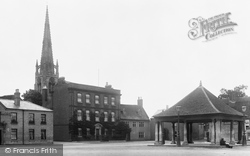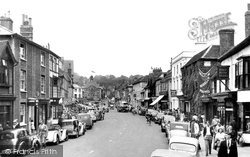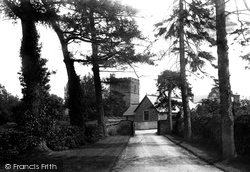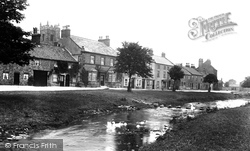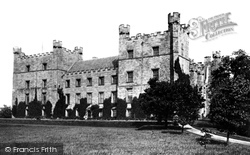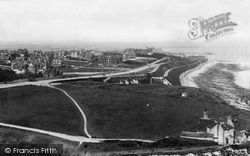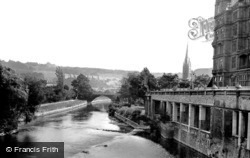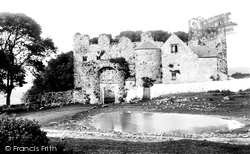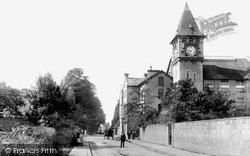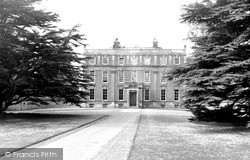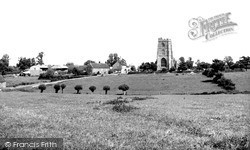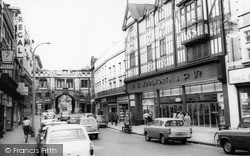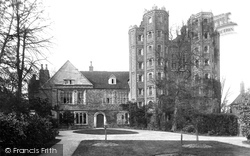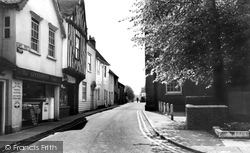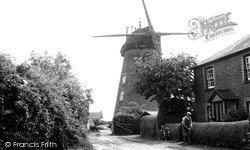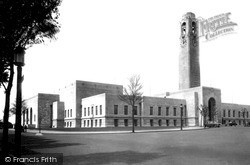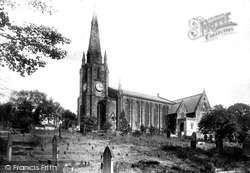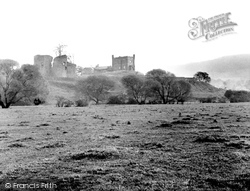Places
36 places found.
Those places high-lighted have photos. All locations may have maps, books and memories.
- Poplar, Middlesex
- Bow, Middlesex
- Bethnal Green, Middlesex
- Stepney, Middlesex
- Alton Towers, Staffordshire
- Isle of Dogs, Middlesex
- Limehouse, Middlesex
- Spitalfields, Middlesex
- Barjarg Tower, Dumfries and Galloway
- Bromley, Middlesex
- Stratford Marsh, Middlesex
- Tower Hill, Merseyside
- Tower Hill, Essex
- St George in the East, Middlesex
- Wapping, Middlesex
- Globe Town, Middlesex
- Old Ford, Middlesex
- Cubitt Town, Middlesex
- Tower Hill, Cheshire
- Tower Hill, Surrey
- Bow Common, Middlesex
- Mile End, Middlesex
- Millwall, Middlesex
- Ratcliff, Middlesex
- Warmley Tower, Avon
- Tower Hill, Hertfordshire
- Tower End, Norfolk
- Tower Hamlets, Kent
- Tower Hill, Devon
- Tower Hill, West Midlands
- Blackwall, Middlesex
- North Woolwich, Middlesex
- Hackney Wick, Middlesex
- Shadwell, Middlesex
- South Bromley, Middlesex
- Tower Hill, Sussex (near Horsham)
Photos
2,720 photos found. Showing results 1,541 to 1,560.
Maps
223 maps found.
Books
1 books found. Showing results 1,849 to 1.
Memories
637 memories found. Showing results 637 to 637.
Captions
3,036 captions found. Showing results 1,849 to 1,872.
The River Irwell, beside which Bacup lies, powered the first mills in the town, and the Irwell Mill, whose square tower rises at the back, was one of several providing employment in the town
The workman on the scaffolding against the tower, however, is more probably repairing the ravages of time, the most relentless vandal of all.
The 125- foot high keep of the Norman Castle and the tower of the Cathedral dominate this view of the crowded anchorage on a bend of the river, en route to its union with the Thames off Garrison point
Surrounded by these majestic trees, and with the west tower of St Leonard's Church, one of the largest and finest in Kent, rising behind them, a summer game of cricket takes place on this spacious ground
Owing to inadequate foundations, the tower of St John's showed signs of stress shortly after it was built in 1420.
Since this photograph was taken the vicarage glimpsed here beyond the castellated tower has become a private house.
St Mary's parish church has a 16th-century tower with pinnacles attached to the crocketed spire; it can be seen for miles around.
The Town Hall, flying the flag above its clock tower, was built in 1796.
Llandysul was an important Dark Age and medieval settlement, and the 13th-century church tower exemplifies this.
St Anne's Church tower is visible behind the handsome Stepping Stones House. The stepping stones themselves look less serviceable now, but there is also a footbridge today.
Each of the four square corner towers is topped off with octagonal machicolated turrets. The turreted east gatehouse can be seen through the trees on the right of the picture.
The grassy sward in the foreground is now the Helen Garden, and the middle distance is dominated by South Cliff Tower, an unfortunate eighteen-storey block of flats built in 1966 that sits ill amid
Looking south from the bridge, the towering mass of the former Empire Hotel is on the right with its terrace. Beyond is the spire of St John the Baptist Church and the Parade Gardens.
It even incorporated a part of the curtain wall, gatehouse and great tower.
The first phase dates from 1829; it was greatly enlarged in 1857, and was rounded off with a splendid clock tower in 1897.
Now occupied by an engineering firm, it is an interesting composition with its 5-bay arcaded 'cloister', grand dormers and spired clock tower.
The A361 Frome to Trowbridge road separates St Laurence's church, with its rugged and battlemented 15th-century west tower, from the rest of the village.
The towering and somewhat two-dimensional timbered front of Woolworths and the 1907 Perpendicular Gothic-style Mac Fisheries (a chain long departed from our high streets) were recently demolished to
The Towers, however, are admired for their sheer scale, and for the terracotta ornamentation on their parapets.
The substantial building behind the trees is Billericay church, which was rebuilt in 1780, though retaining its fine 15th-century brick tower.
In 1775 a brick tower-mill was built near the crossroads by John Matchett, a Colchester millwright.
Notice the prow of a Viking longboat in the clock-tower, a reminder of Sweyne Forkbeard and the city's Viking founders.
St Stephen's has a west tower with a spire and was almost entirely altered internally in the late Victorian period.
The remains of the 14th-century lodging tower are to the left. Ballon's motte to the right is topped by a 19th-century hunting lodge, which now houses the town's museum.
Places (38)
Photos (2720)
Memories (637)
Books (1)
Maps (223)


